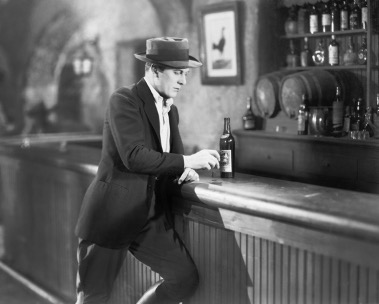
I recently gave a workshop that included a section on tropes – you know, the alcoholic detective, the hooker with a heart of gold, the pretty teenage victim – things that exist because of an element of truth, but that quickly become wearying.
Change ‘em up, I said. Give that victim some agency (Tim Johnston’s Descent is my favorite example here.)
Hardly original advice, illustrated far better than I by Halley Sutton’s recent column on noir tropes for CrimeReads:
Those tropes are both a challenge and an opportunity for writers: there’s so many ways to become a cliche, low rent Raymond Chandler, and also so many opportunities to remake something out of the familiar into something new.
I really liked her focus on noir, especially when she confessed that her definition is one to which I also default: I know it when I see it.
A few years back I was fortunate enough to be asked to contribute a piece to one of Akashic Books’ terrific noir series; in this case Montana Noir. I love the way the entire concept of that book turned the noir trope – urban alleyways cloaked in damp, swirling fog — on its head. If you think the mean streets of LA are scary, wait until you find yourself on a Montana prairie with no law enforcement for fifty miles.
My main character in that story was a hapless student in an MFA program, and the full-figured femme fatale lived in a house trailer and favored peasant blouses over negligees. She also kicked his ass.
In retrospect, I realize I applied my own advice about tropes to that story (whew). I wish I could say I did it purposefully, but I think it had more to do with the fact that I was too freaked out to try and emulate classic noir, so I tried something different.
I had a lot of fun writing that story, which I suppose is the message here, as much as there is one: If you enjoy what you’re writing, chances are your readers will, too.


Leave a Reply